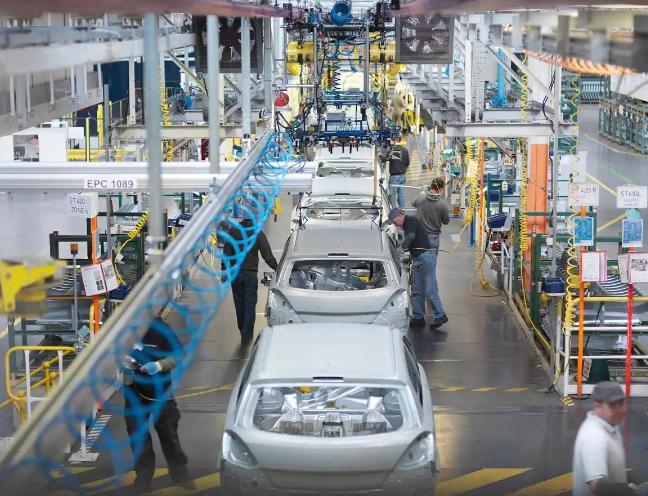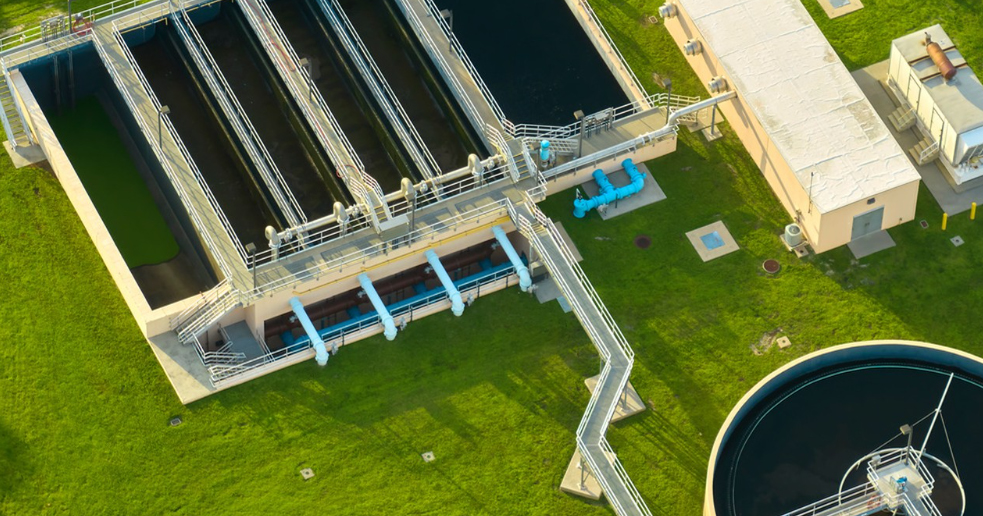During the automobile manufacturing process, fluorine-containing chemicals are widely used in processes such as painting and electroplating, which leads to a large amount of fluoride ions in the sewage generated by automobile manufacturing. If this fluorine-containing sewage is directly discharged without effective treatment, it will cause serious harm to the surrounding water bodies, soil and other ecological environments. Fluoride ions will pollute water sources, affect the growth of crops, and even enter the human body through the food chain, endangering human health and causing diseases such as dental fluorosis and skeletal fluorosis. Therefore, the removal of fluoride from automobile manufacturing sewage has become a top priority in environmental protection work.
The removal of fluoride from automobile manufacturing sewage mainly adopts the chemical precipitation method and the adsorption method. In the chemical precipitation method, calcium salts such as lime and calcium chloride are commonly used as defluorinating agents. These calcium salts can undergo a chemical reaction with the fluoride ions in the sewage to form insoluble calcium fluoride precipitates. Under suitable reaction conditions, by controlling the pH value and the dosage of the reagent, the fluoride ions combine fully with the calcium ions and precipitate, thus achieving the removal of fluoride ions. The adsorption method makes use of materials with special adsorption properties, such as activated alumina, zeolite, etc. These materials have a rich pore structure and a large specific surface area, and they have a strong adsorption selectivity for fluoride ions. They can adsorb the fluoride ions on their own surfaces, reducing the concentration of fluoride ions in the sewage.

The removal of fluoride from automobile manufacturing sewage has remarkable advantages. On the one hand, effective fluoride removal can ensure that the sewage is discharged up to the standard, avoiding damage to the ecological environment and safeguarding the health of the surrounding water bodies and soil. On the other hand, the treated water can be partially reused in some processes of automobile manufacturing that have relatively low requirements for water quality, such as the flushing of the workshop floor. This can improve the utilization rate of water resources and reduce production costs.
Automobile manufacturing enterprises need to rationally select the fluoride removal method and determine the dosage of the defluorinating agent according to factors such as the concentration of fluoride ions in the sewage, the characteristics of the water quality, and the production process. At the same time, attention should be paid to the proper disposal of the precipitates and waste residues generated during the fluoride removal process to prevent secondary pollution.












